How Wireless Charging Phones Work: A Simple Guide
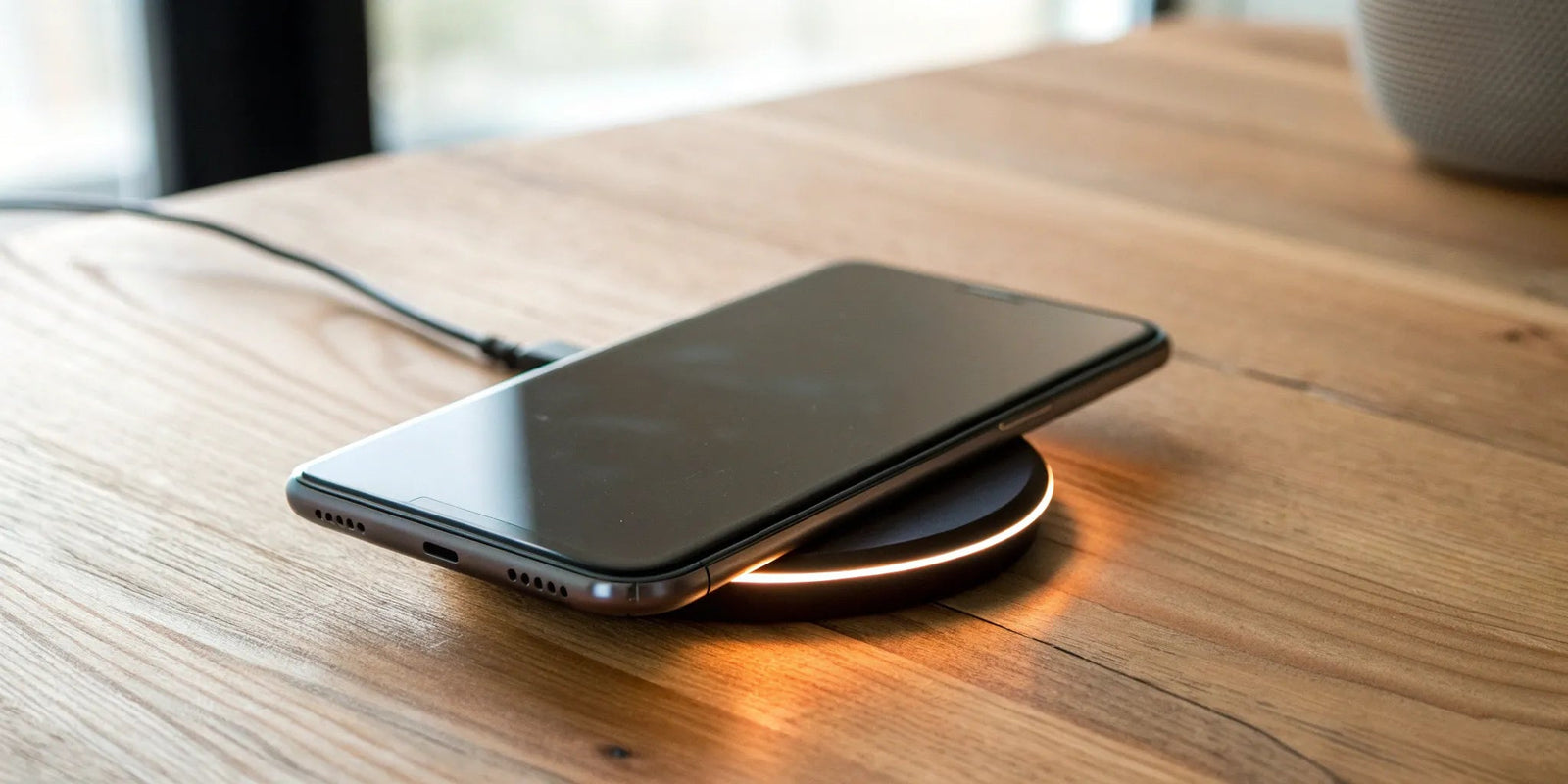
Wireless charging has moved from a cool novelty to a feature we expect on our flagship devices. But the technology is far from finished evolving. The convenience of dropping your phone on a pad is just the beginning. The future promises even faster speeds, greater efficiency, and maybe even the end of charging pads altogether. The industry is pouring resources into making the technology for wireless charging phones better, smarter, and more widespread. From our homes and cars to public spaces, the way we power our devices is set for a major upgrade. This isn't just about phones; it's about creating a truly seamless charging experience for all the tech in our lives. Let's explore what's next.

Portable Solar Power Bank 26800mAh - 99Wh Fast Charger
Lithium Polymer (Li-Po) battery. PD fast charging. Holds up to 8 days of reliable power on a single charge. Boasts a charging speed 50% faster than ordinary portable chargers.
Shop NowKey Takeaways
- Prioritize Convenience to Protect Your Port: Wireless charging offers a simple, cable-free way to power up, which helps reduce the daily wear and tear on your phone's charging port. While a wired connection is still fastest, the ease of a charging pad is perfect for your desk or nightstand.
- Invest in a Certified System for Safety and Speed: Always choose a Qi-certified wireless charger to guarantee it will work safely and efficiently with your phone. For the best performance, power your wireless pad with a high-quality fast wall charger to prevent overheating and ensure a reliable charge.
- Optimize Your Setup for a Flawless Charge: Small adjustments make a big difference. Get a consistent charge every time by making sure your phone is centered on the pad and removing any thick cases or accessories with metal or magnets.
What is Wireless Charging, Really?
Let's be honest, fumbling for a charging cable in the dark is no one's idea of a good time. Wireless charging solves that problem by letting you power up your phone without plugging anything into it. You just set your device down on a charging pad or stand, and it starts charging. It’s a simple, clutter-free way to keep your phone topped off, whether you're at your desk, by your bed, or on the go with a portable power solution. But how does it actually work? It’s not magic—it’s just some really clever science.
How the Technology Actually Works
The science behind wireless charging is called electromagnetic induction. It sounds complicated, but the idea is straightforward. Inside a wireless charging pad, there's a coil of wire. When electricity flows through it, the coil creates an invisible magnetic field. Your smartphone has a similar coil built into its back. When you place your phone on the pad, its coil picks up energy from that magnetic field. This energy is then converted back into electricity, which charges your phone's battery. Think of it as a tiny, invisible power cord connecting the pad to your phone.
A Quick Look at Charging Standards
For wireless charging to work across different brands, there needs to be a universal standard. That standard is called Qi (pronounced “chee”). The Wireless Power Consortium developed it to ensure that a charger from one company can power a phone from another. Major brands like Apple, Samsung, and Google all use the Qi standard, which is why you can often share wireless chargers with friends, regardless of your phone model. The newest version, Qi2, adds magnets to the mix for a perfect, secure alignment every time, making the charging connection even more reliable and efficient.
Does Your Phone Support Wireless Charging?
If you’ve purchased a new smartphone in the last few years, there’s a very good chance it supports wireless charging. This technology has quickly moved from a novelty feature to a standard for most major phone manufacturers. The concept is simple: instead of fumbling with a cable, you just place your phone on a charging pad, and it starts powering up. This convenience is why so many people have added wireless chargers to their desks, nightstands, and even their cars.
The technology behind it, known as Qi (pronounced "chee"), uses magnetic induction to transfer energy from the charger to your phone's battery. It’s a safe and efficient way to keep your devices topped off throughout the day. But before you invest in a new charger, you need to be sure your phone is compatible. While most flagship phones from Apple, Samsung, and Google have included this feature for years, it’s always a good idea to double-check. Below, we’ve broken down which popular models are ready for wireless charging.
Compatible iPhones
Apple jumped on the wireless charging train with the release of the iPhone 8. Since then, every model has come with this feature built-in. If you have an iPhone 8 or any newer model, you're all set to go cable-free. This includes all variations of the iPhone X, 11, 12, 13, 14, and 15 series, as well as the second and third-generation iPhone SE models.
Apple uses the universal Qi standard, so your iPhone will work with any Qi-certified charger. Newer models starting with the iPhone 12 also feature MagSafe, which uses magnets to perfectly align the phone for a more efficient charge. You can find a complete list of compatible phones to confirm your specific model.
Compatible Samsung Galaxy Phones
Samsung was one of the earliest adopters of wireless charging, so their list of compatible devices is quite long. If you own a flagship Galaxy phone from the last several years, it almost certainly supports wireless charging. This includes the Galaxy S series starting from the S6 all the way up to the latest models.
The feature is also standard in the premium Galaxy Note series (from the Note5 onward) and all of the innovative Galaxy Z Fold and Z Flip models. Because Samsung has been in the game for so long, their devices are compatible with a wide range of Qi chargers. This gives you plenty of options, from simple pads to multi-device charging stations that can power your phone, watch, and earbuds all at once.
Compatible Google Pixel Phones
Google introduced wireless charging to its Pixel line starting with the Pixel 3. Every flagship Pixel phone released since then has included this handy feature. This means if you have a Pixel 3, 4, 5, 6, 7, 8, or any of their XL or Pro versions, your phone is ready for a wireless charger.
Like Apple and Samsung, Google uses the universal Qi standard, ensuring broad compatibility with third-party charging accessories. Just place your Pixel on a Qi-certified pad, and it will start charging automatically. It’s a simple way to keep your phone powered up without wearing out your charging port, making it a great addition to your desk or bedside table.
Other Wireless-Ready Smartphones
While Apple, Samsung, and Google dominate the market, they aren't the only ones offering wireless charging. Many other brands have embraced the technology for their flagship and even mid-range devices. Companies like LG, Sony, OnePlus, and Motorola have released numerous models with Qi compatibility over the years.
If you have a phone from a different manufacturer, the best way to check for wireless charging support is to look at the official specifications on the manufacturer's website. You can also search for your specific model on a comprehensive list of Qi-enabled phones. As the technology becomes more common, you’ll find it in a growing number of devices at various price points.
Wireless vs. Wired Charging: What's the Difference?
Choosing between wired and wireless charging often comes down to a simple trade-off: speed versus convenience. While plugging in a cable is still the fastest way to power up your phone, the ease of simply setting your device down on a pad is hard to beat. Both methods have their place, and the right one for you depends on your priorities and your situation. Let's break down the key differences so you can decide what works best for your lifestyle.
Speed and Efficiency
When you need power in a hurry, a cable is your best friend. Wired charging delivers power directly to your device, making it inherently faster and more efficient. A high-quality fast wall charger paired with a solid cable will always give you the quickest charge.
Wireless charging works through a process called electromagnetic induction, where a coil in the charging pad creates a magnetic field that a coil in your phone converts back into electricity. While this "invisible handshake" is convenient, some energy is lost in the transfer. However, newer standards like Qi2 are closing the gap by using magnets to perfectly align the coils, which improves charging efficiency and speed significantly.
Power Usage and Heat
It’s a common concern that wireless chargers generate excessive heat, but this is mostly a myth tied to older, less efficient models. While it's true that the energy transfer can create some warmth, a well-made charger is designed to manage it safely. The magnetic alignment in newer chargers also reduces wasted energy, which in turn minimizes heat.
Ultimately, any form of fast charging, wired or wireless, will generate some heat. The key is using certified, high-quality gear that includes safety features to protect your device's battery. A reliable wireless charger from a trusted brand will ensure your phone stays cool and charges safely, giving you peace of mind.
The Benefit of Going Portless
The biggest win for wireless charging is convenience. There’s no fumbling with cables in the dark or worrying about whether you have the right connector. You just set your phone down, and it starts charging. This simple action also saves your phone’s charging port from the daily wear and tear of plugging and unplugging. Over time, this can lead to a longer device lifespan by preventing one of the most common points of failure.
For your desk or nightstand, a wireless pad is a game-changer. For those times you’re on the move and need a quick, reliable charge, a powerful fast car charger or a portable power bank is the perfect companion.
4 Common Wireless Charging Myths, Busted
Wireless charging is incredibly convenient, but like any newer technology, it’s surrounded by a lot of questions and a few persistent myths. It’s easy to get mixed messages about whether it’s safe, effective, or even good for your phone. Let’s clear the air and separate fact from fiction by tackling four of the most common wireless charging myths.
Myth: It Damages Your Battery
Let’s get this one out of the way first: no, wireless charging won’t fry your battery. This is a common worry, but modern smartphones have sophisticated battery management systems built right in. These systems prevent overcharging and manage heat to protect your battery’s long-term health. Whether you’re using a wireless pad or a cable, your phone is designed to draw power safely. The key is using quality charging accessories that deliver a stable, consistent current to keep your battery happy.
Myth: It's Not Safe
Concerns about the safety of wireless charging often come up, but you can rest easy. The technology uses non-ionizing electromagnetic fields to transfer power, similar to Wi-Fi or Bluetooth signals. Regulatory bodies have established strict safety standards for these devices to ensure they are safe for consumer use. The power levels are very low and operate over a short distance, posing no risk to your health. So, you can confidently keep that charger on your nightstand.
Myth: It's Always Slow
This myth has a grain of truth—the first generation of wireless chargers were pretty slow. But technology has come a long way since then. Many modern wireless chargers now support fast charging speeds that can compete with their wired counterparts. To get the best performance, you need to pair your wireless pad with a powerful adapter, like a dedicated fast wall charger. This combination ensures your wireless charger gets enough power to charge your device at its maximum speed.
Myth: You Have to Take Your Case Off
The idea of having to peel your case off every time you want to charge is a huge hassle, but thankfully, it’s usually not necessary. Most wireless chargers are designed to work through lightweight plastic, silicone, or rubber cases up to 5mm thick. The only time you might run into trouble is with super-thick, rugged cases or those with metal plates or magnetic mounts on the back. These can block the connection, so it’s best to remove them before charging.
How to Get the Best Wireless Charge
Getting a fast, reliable wireless charge is all about setting yourself up for success. It’s not just about dropping your phone on a pad; a few simple adjustments can make a huge difference in charging speed and efficiency. Think of it as creating the perfect environment for your devices to power up. From finding the right spot to using the right gear, these tips will help you get the most out of your wireless charging experience every single time.
Find the Charging Sweet Spot
Wireless charging works through a process called electromagnetic induction, where coils in the charger and your phone create a magnetic field to transfer energy. Think of it as an "invisible handshake" between the two devices. For that handshake to be firm, the coils need to be perfectly aligned. If your phone isn't charging, try nudging it around the pad until you see the charging indicator light up. Most modern chargers, especially those with MagSafe or Qi2 technology, use magnets to snap your phone into the perfect position, taking all the guesswork out of it.
Keep Your Devices Cool
Have you ever noticed your phone getting warm while charging? A little warmth is normal, but excessive heat can impact your battery's long-term health. Inefficient charging is often the culprit, as wasted energy is released as heat. Using a high-quality wireless charger and pairing it with a powerful wall adapter ensures the power transfer is as efficient as possible. This not only speeds up charging but also keeps things cool, protecting your battery for the long haul. Newer standards are also designed to be more efficient, which helps reduce heat generation.
Charge Multiple Devices at Once
If your desk or nightstand is cluttered with cables for your phone, earbuds, and smartwatch, a multi-device charger can be a game-changer. While most standard wireless pads are built for one device, many models now feature dedicated spots for two or three gadgets. This is perfect for powering up your entire everyday carry at once. For those times you're away from an outlet, a fast-charging power bank can serve a similar purpose, letting you charge multiple devices on the go without fighting over a single port.
Quick Troubleshooting Fixes
If your phone isn't charging wirelessly, don't panic. The fix is usually simple. First, try re-centering your phone on the pad to find that sweet spot. Next, check your phone case—if it's extra thick or has metal components (like a PopSocket or magnet), it could be blocking the connection. It's also smart to confirm your charging pad is plugged into a reliable power source, like one of KEUTEK's fast wall chargers, not a low-power USB port on a computer. If all else fails, a quick restart of your phone can often resolve any minor software glitches.
A Simple Guide to Charging Standards
Diving into the world of wireless charging can feel like learning a new language, with terms like Qi, MagSafe, and watts thrown around. But it’s simpler than it sounds. Think of these as different standards that help your phone and charger talk to each other. Understanding them is the key to making sure you get a fast, reliable charge every time you set your phone down. Let’s break down the basics so you can choose the right gear with confidence.
What Are Qi and Qi2?
Qi (pronounced "chee") is the universal standard for wireless charging. If you see the Qi logo on a device or a charger, it means they’ll work together, regardless of the brand. It’s the most common and established standard out there, making it easy to find compatible gear.
Qi2 is the next generation of this technology, and it comes with some great improvements. It’s designed to be faster and more efficient, meaning less energy is wasted as heat. The biggest upgrade, however, is the addition of magnets. Just like Apple’s MagSafe, Qi2 uses a magnetic ring to ensure your phone snaps into the perfect alignment on the charger. This perfect connection guarantees you get the most consistent and efficient charge possible.
How Apple's MagSafe is Different
MagSafe is Apple's own magnetic wireless charging technology, introduced with the iPhone 12. It works very similarly to Qi2, using a ring of magnets to securely attach the charger to the back of your iPhone. This magnetic lock is what makes the charging experience so reliable—no more waking up to a phone that didn't charge because it was slightly off-center.
The main difference is that MagSafe is part of a larger ecosystem of Apple accessories, like wallets and mounts, that also snap onto your phone. While MagSafe chargers are optimized for iPhones, they are also compatible with the Qi standard, so you can still use them to charge other Qi-enabled devices, just without the magnetic alignment.
Understanding Power Output (Watts)
When you see a number followed by a "W" on a charger, that's its power output in watts—and it tells you how fast it can charge your device. While wireless charging has gotten much quicker, with modern pads offering up to 15W, it’s often not as fast as the most powerful wired options. For a truly rapid charge, a high-wattage wired charger is still your best bet.
For example, many of the latest phones from Samsung and Google support 15W wireless charging, which is great for overnight or topping up at your desk. But if you need to go from zero to 50% in under 30 minutes, a powerful wired solution like a fast wall charger is the way to go.
How to Choose the Right Wireless Charger
With so many wireless chargers on the market, picking the right one can feel like a chore. But it really comes down to finding a charger that fits your devices and your lifestyle. You don’t need to be an expert to make a great choice. By focusing on a few key areas—power, compatibility, safety, and overall quality—you can easily find a reliable charger that will keep your devices ready for action. Let’s walk through what you need to look for.
Match the Power to Your Phone
First, consider how you’ll use your charger. Do you just need to power up your phone overnight, or do you have a whole ecosystem of gear? Many wireless chargers are designed for a single device, but some charging pads or stands can handle your phone, smartwatch, and earbuds all at once. This is perfect for decluttering your nightstand or desk. Also, check the power output, measured in watts (W). Your phone has a maximum wireless charging speed it can accept. A 15W charger won't speed up a phone that can only take 7.5W, so match the charger to your device’s capabilities for the best results.
Check for Compatibility
Compatibility is simpler than it sounds, thanks to a universal standard called Qi (pronounced “chee”). If your smartphone supports wireless charging, it’s almost certainly Qi-compatible. The same goes for chargers. As long as both your device and the charger have the Qi logo, they’ll work together seamlessly. This means you don’t have to stick to a specific brand. For Apple users, MagSafe technology is built on the Qi standard but adds magnets for perfect alignment every time, which helps ensure a consistent and efficient charge. Just look for that Qi certification to be sure.
Look for Key Safety Features
A quality wireless charger does more than just send power; it does it safely. Certified chargers have sophisticated safety features built right in. One key feature is temperature control, which monitors heat levels and adjusts the power flow to prevent your device from overheating. Another is foreign object detection, which stops the charger from activating if you accidentally place metal objects like keys or coins on it. These protections are essential for safeguarding your phone’s battery and giving you peace of mind. When you invest in a quality charging system, from the pad to the fast wall charger that powers it, you’re protecting your devices.
How to Spot a Quality Charger
When you’re ready to buy, look for signs of a well-made product. Start by checking for certification from the Wireless Power Consortium (WPC), the group that maintains the Qi standard. This certification means the charger has passed rigorous tests for safety, efficiency, and reliability. Beyond that, read product descriptions and customer reviews to see how the charger performs in the real world. Reputable brands are transparent about their technology and certifications. They build durable products, from their wireless pads to their ProSeries USB-C cables, because they know you depend on them to stay connected.
What's Next for Wireless Charging?
Wireless charging has moved from a cool novelty to a feature we expect on our flagship devices. But the technology is far from finished evolving. The convenience of dropping your phone on a pad is just the beginning. The future promises even faster speeds, greater efficiency, and maybe even the end of charging pads altogether.
The global wireless charging market is growing at an incredible pace, which means companies are pouring resources into making the technology better, smarter, and more widespread. From our homes and cars to public spaces, the way we power our devices is set for a major upgrade. This isn't just about phones; it's about creating a truly seamless charging experience for all the tech in our lives.
New Tech on the Horizon
The next wave of wireless charging is all about getting smarter. Engineers are developing systems that allow the charger and the device to "talk" to each other. This bidirectional communication helps optimize the power transfer, reducing wasted energy and generating less heat. Think of it as a perfectly tailored charge for your specific device, every single time. This increased efficiency means your phone gets the power it needs without unnecessary strain on the battery, extending its long-term health.
The Quest for Faster Speeds
Let's be honest: one of the biggest hesitations about wireless charging has always been speed. While convenient, it often lagged behind the rapid speeds of a high-quality wired connection, like you'd get from a fast wall charger. That gap is closing quickly. The industry is pushing hard for higher wattage and more efficient power delivery. As the technology improves, we'll see wireless speeds that rival, and may eventually surpass, their wired counterparts, making the switch to wireless a no-brainer for even the most power-hungry users.
True Wireless: Charging Over the Air
The ultimate goal for wireless charging is to cut the cord completely—no pad required. Imagine walking into a room and having your phone, earbuds, and smartwatch start charging automatically in your pocket or bag. This "over-the-air" power is the next frontier. We're already seeing early versions of this with dynamic charging for electric vehicles, which allows them to charge while in motion. While it will take time to develop the infrastructure for our personal devices, a future where you never have to think about plugging in or placing your phone just right is on its way.
Related Articles
- Can I Use a Wireless Charger With Any Phone?
- Wireless Charging Phone: Your Complete Guide
- Wireless Charging Phone: Your Ultimate 2025 Guide

Portable Solar Power Bank 26800mAh - 99Wh Fast Charger
Lithium Polymer (Li-Po) battery. PD fast charging. Holds up to 8 days of reliable power on a single charge. Boasts a charging speed 50% faster than ordinary portable chargers.
Shop NowFrequently Asked Questions
Is wireless charging really as fast as plugging my phone in? For a quick power-up when you're short on time, a high-quality wired connection with a fast wall charger is still the speed champion. However, for everyday convenience like topping off your phone at your desk or charging it overnight, modern wireless chargers are impressively fast. The real win for wireless is the ease of use—just set your phone down and forget about it.
Will leaving my phone on a wireless charger overnight ruin the battery? You can rest easy. Your smartphone is smart enough to protect its own battery. It has a built-in management system that automatically stops the charging process once the battery is full. This prevents overcharging and keeps your battery healthy, whether you're using a wireless pad or a cable.
Do I need a special wall plug for my wireless charger? Yes, the power adapter you use is just as important as the charging pad itself. To get the fastest wireless speeds, you need to plug your pad into a powerful source. Using the low-power USB port on your laptop or an old, weak adapter won't provide enough energy. For the best performance, pair your wireless charger with a dedicated fast wall charger.
Why isn't my phone charging with its case on? Most standard phone cases are slim enough to work perfectly with wireless chargers. If you're having trouble, the case is likely too thick or contains metal. Things like pop-out grips, magnetic mounts, or wallet cases with metal plates can block the charging connection. Try removing the case to see if that solves the problem.
With new standards like Qi2 coming out, should I wait to buy a wireless charger? There's no need to wait. Qi is the universal standard, and a high-quality Qi charger you buy today will serve you well for years to come. The newer Qi2 standard simply adds magnetic alignment for a more secure connection, but it's built on the same core technology. A reliable Qi charger is still a great investment for convenient, cable-free power.


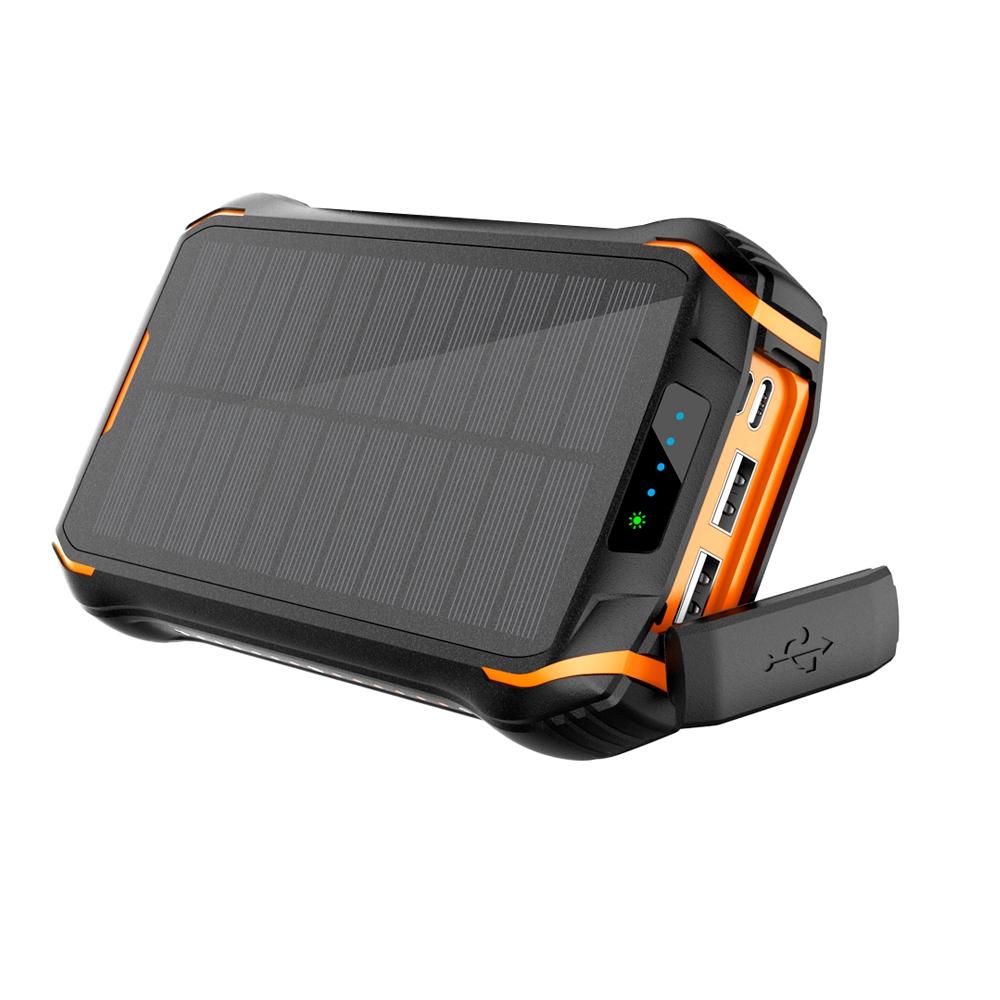
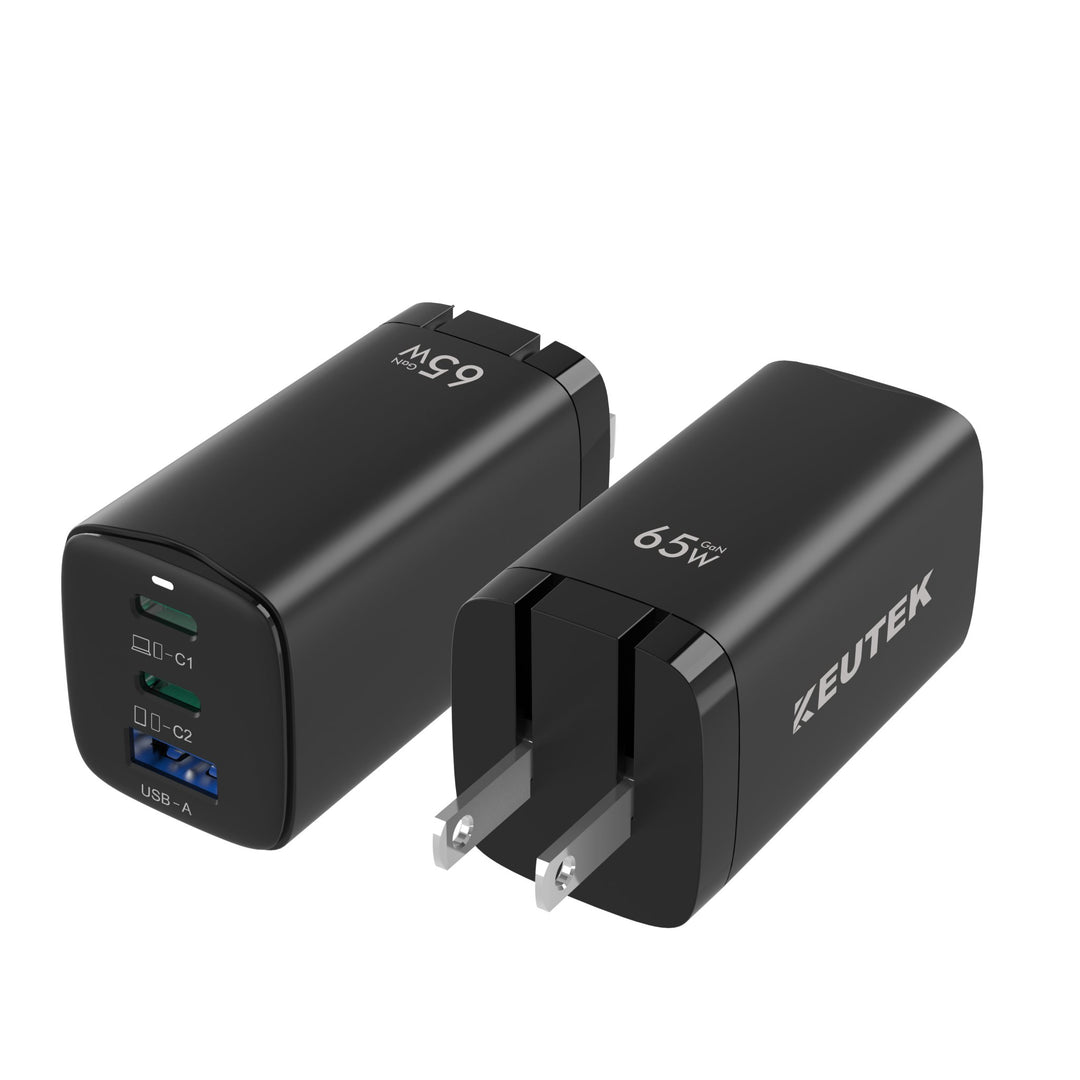
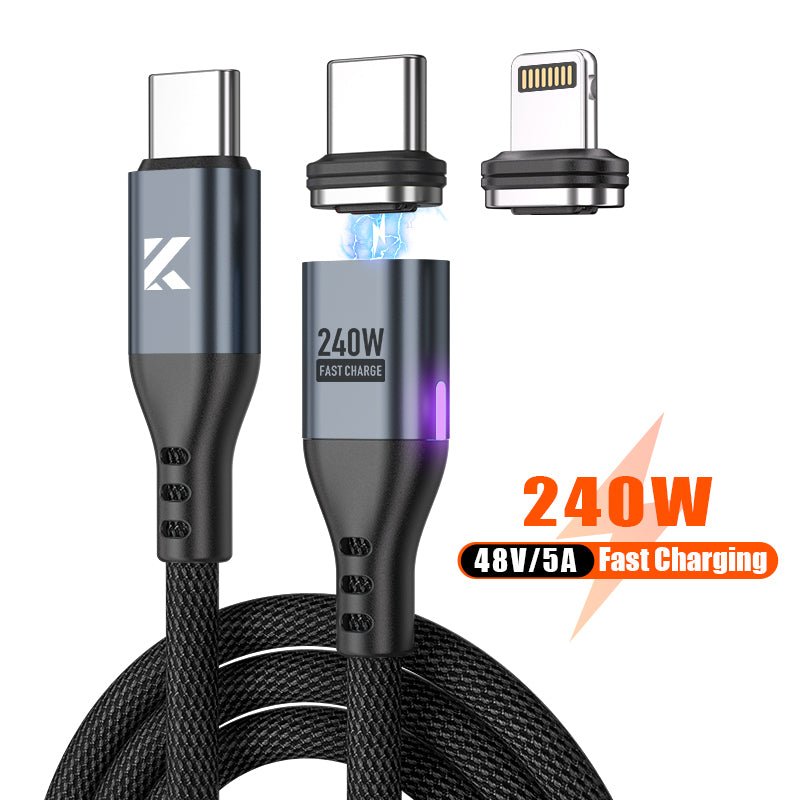
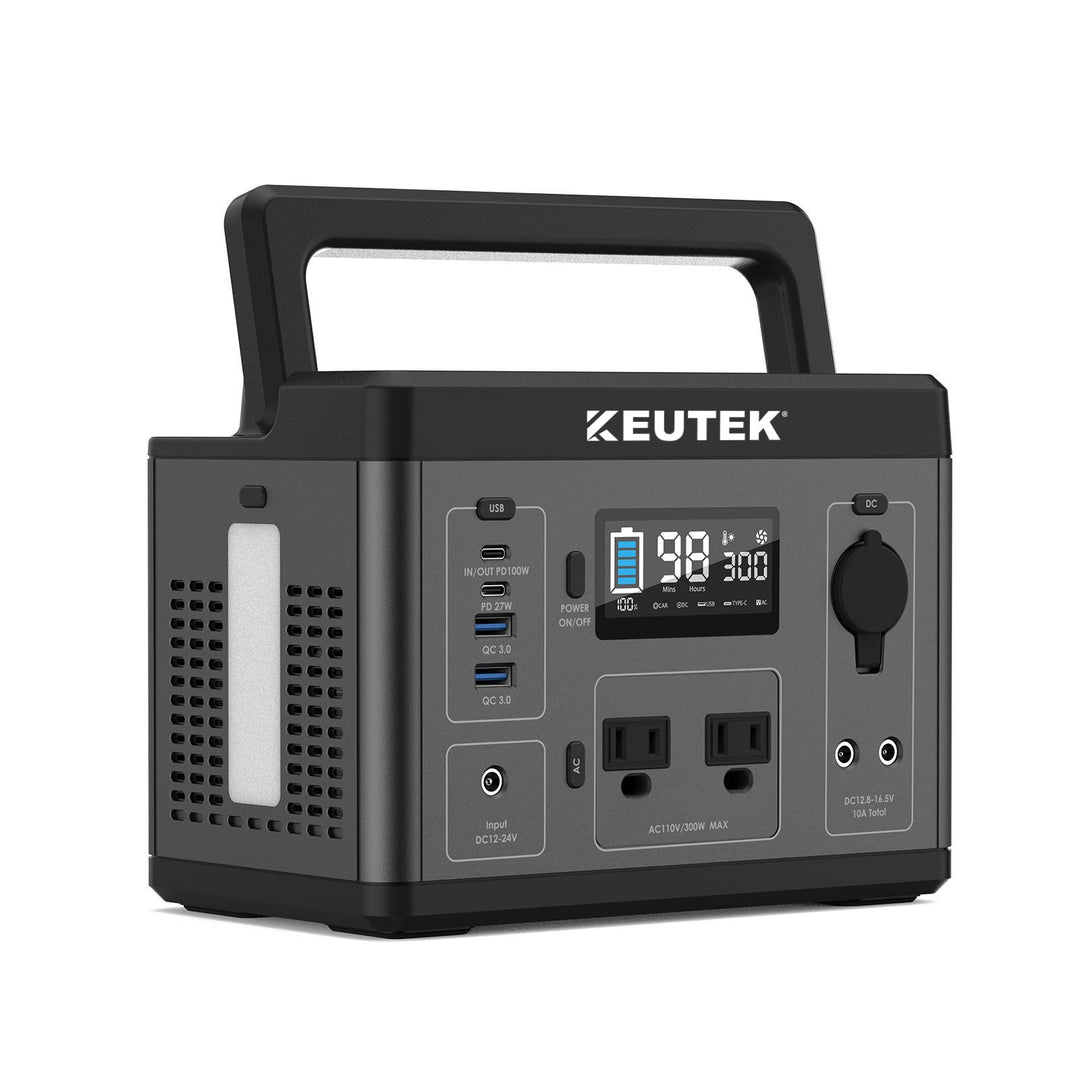
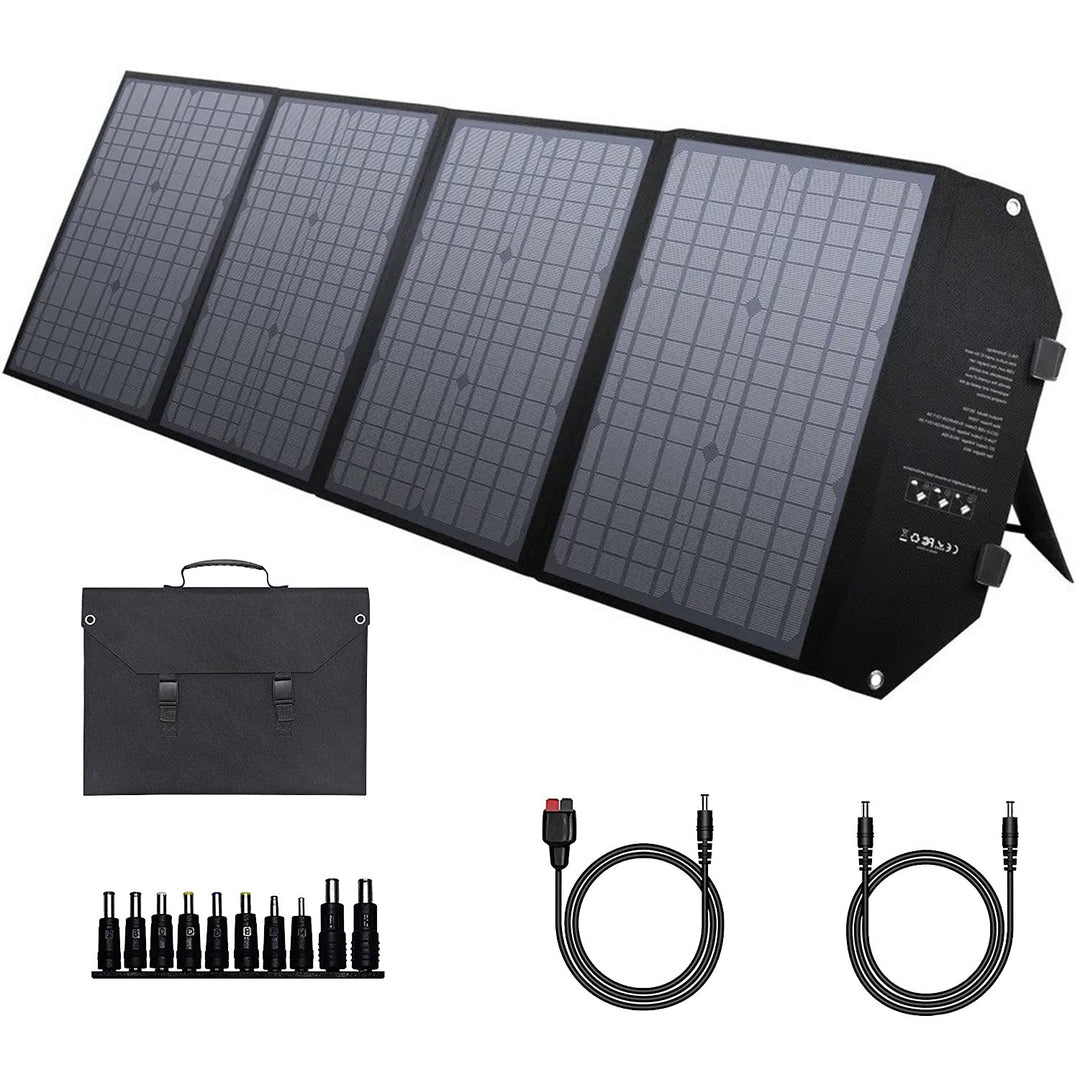
Leave a comment